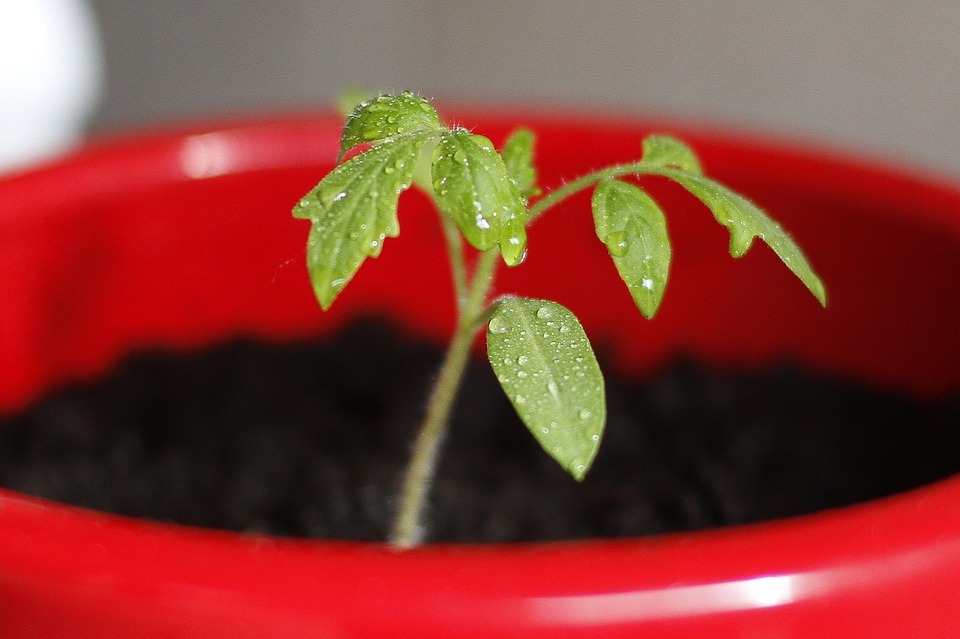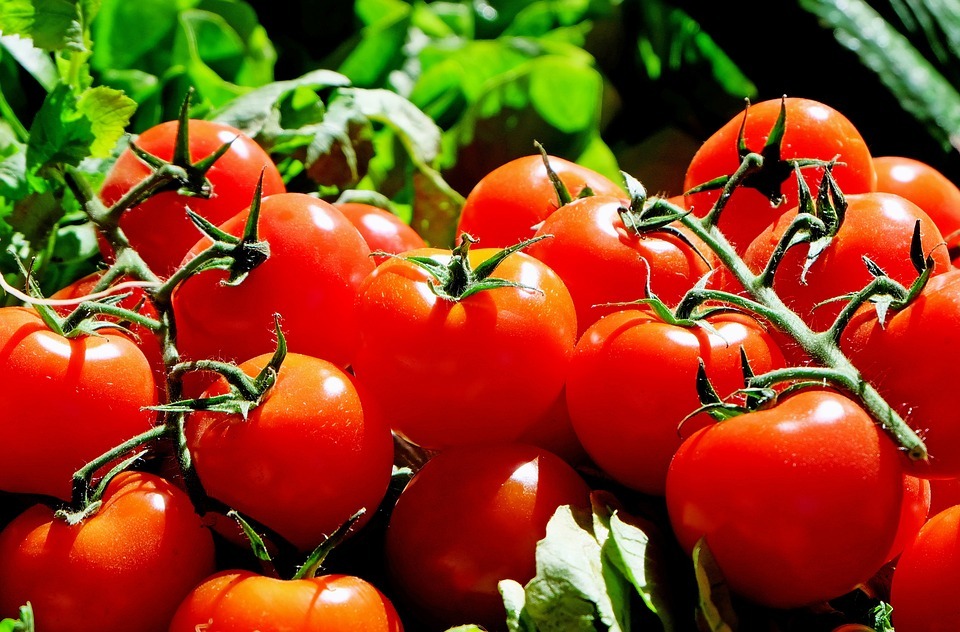Gardening comes in various methods than the usual and traditional in-ground gardening that we know. There’s aquaponics, hydroponics, raised bed gardening, square foot gardening, straw bale, and container gardening. Whatever method you choose, there are always pros and cons.
Container gardening is ideal for maximizing your space, increasing productivity, and utilizing a spot where you don’t usually grow plants. This method is very popular, from balcony gardens to patio gardens! Even if you live in a condominium or an apartment with minimal space, you can grow some indoor plants, like herbs and a few potted vegetables that do not require much of the sun.
Although container gardening is fun and simple, there are still misconceptions and wrong practices or mistakes. Therefore, growing plants in containers fail. There are always things to follow and consider when gardening, either vegetables, herbs, flowers, or fruit trees.
COMMON MISTAKES IN CONTAINER GARDENING
Beginners perhaps are the ones usually committing common mistakes, but you might be growing plants in containers or pots for years already but try to check if you are also committing some of these common mistakes in container gardening. Find out how to get away from those wrong habits and processes in container gardening.
Using Wrong Containers
In container gardening, choosing containers is one of the most crucial plants. Right containers plus the right planting process and care will yield a good harvest, but the right process with the wrong containers can either curtail your plants’ potential growth or may even cause them stunted growth or death.
Tips: Containers come from various materials such as clay or terra cotta, plastic, resin, cast concrete, wood, and metal. They also have different sizes, depths, and shapes.
Know what species of plants you want to grow and learn about their rooting system to know if what specific container would serve them best. Don’t forget to check if your container has good drainage to prevent rotting of the plant’s roots.
Using Wrong Soil
The soil for container gardening is different from in-ground gardening. You cannot simply get soil from the ground and use it for your containers because your plants won’t grow healthy or might not grow at all. Ensure that you are using quality soil for containers, either commercial potting soil or peat moss and coir with a compost mixture.
Tips: A potting mix also must contain ingredients that help retain moisture. Organic materials also hold on to nutrients that might otherwise wash away. Commercial soil mix often contains sawdust or shredded bark. Soils have different acidity; for plants that require acidic soil, you can add lime to your potting mixture to help balance the acidity of the peat moss. Do not also forget to put and a small dose of fertilizer.
Planting at the wrong place and time
Plants grow best when planted in season and placed at the best locations, either outdoor or indoor. There are indoor herbs and vegetables, but most grow best outdoors. If you prefer indoor gardening, ensure that you do not miss the plant’s essential needs like consistent watering, fertilizing, and pruning. Know where a safe and excellent place is to plant. Make sure that your area is free from pests and free-range animals or strong winds.
Tips: If you have free-range chickens, when growing plants from seeds, as the seedlings start to rise, enclose them with fences or some nets to protect from the chickens’ scratching. You can also find ways to protect the plants from strong winds, such as by creating wind-breakers.
Not knowing the plants.
Know what you want to plant and know their characteristics. Plants like humans have different levels of needs and care. Identify the plants that grow under full sun and those that prefer living indoors. Also, find out when is the best season to grow them because some are summer plants that would not thrive during winter.
Tip: Do comprehensive research and take note of all essential details about the plant’s needs, and characteristics, its growing stages, until harvest or reproduction.
Overcrowding
Containers have limited space. Do not plant many vegetables in just a small pot or container because they won’t grow at their optimum growth because of the tight competition for the nutrients.
A crowded planter may cause stunted growth in plants and diseases to easily spread and haven for pests. Carefully follow spacing instructions on the seed packets that come with seedlings at garden stores.
Tip: Another best option is square-foot gardening, especially for raised garden beds, to ensure that you provide each plant the space it needs to thrive.
Wrong watering
Both lack of watering and overwatering is not good. Containers plants dry out much faster than their counterparts in the ground. The smaller volume of soil means a small space to store moisture.
Tip: If the top inch of soil in your pot is dry, it’s time to water. Make sure you’re watering the soil and not the leaves of your plants.
Transplanting too soon (indoor to outdoor)
Planting from seeds is a cheaper way of gardening, but it takes proper care and careful transplanting whenever they needed to.
Taking seedlings straight from indoor to outdoor can kill a plant due to the sudden change in temperatures, especially the exposure to unfiltered sunlight.
Tip: Give your plants a hardening-off period. Before you transplant a seedling outdoor, acclimatize your plants by putting them about a half-hour outside in the shade or cloudy weather. Increase the time each day for a week then your seedlings will be ready for planting in outdoor containers.


